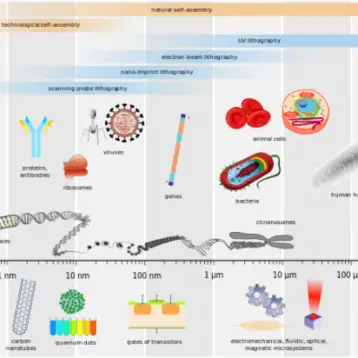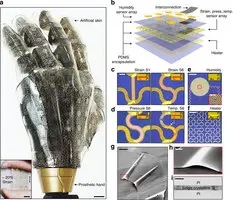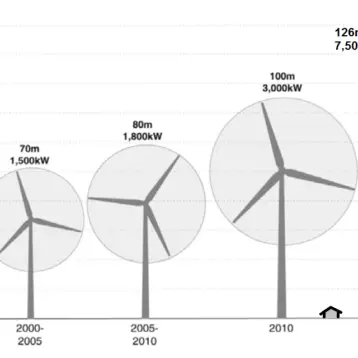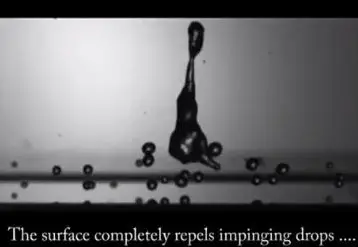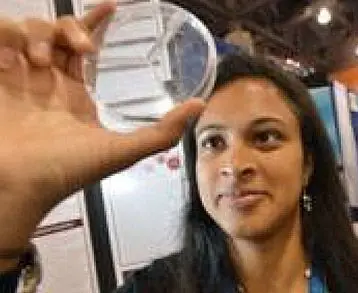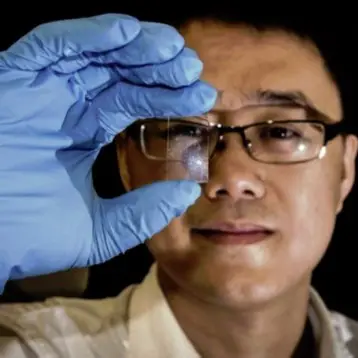|
The diffraction limit, or the limitation that even perfect lenses cannot distinguish between objects closer than half of the wavelength of the light used to image them, is a result of the scattering properties of light and of the size of traditional lenses. By using lenses the same size as the wavelength of the light being used to amplify objects, these standard scattering properties no longer apply and the light remains coherent and capable of accurate imaging.
The drawback of using such small lenses is their small area of focus. In order to effectively image an object, the nanolens must either be placed directly on that object or within a few hundred nanometers of its surface. This requirement significantly limits the usability of the nanolenses. Scientists are working on methods for extending the effective distance of small lenses but have not yet determined a solution to the problem.
Professor Kwang Kim, the director at the Center for Superfunctional Materials at the Pohang University of Science and Technology, led the research into the new lenses. Kim’s team makes the tiny spherical lenses by using cup-shaped organic molecules called calyx hydroquinone (CHQ) which self-assemble into the proper shape when placed on a flat surface. The CHQ molecules, based on carbon rings, are dissolved in an organic solvent. After water is added, the solution is allowed to slowly evaporate on the surface, forming crystalline nanotubes that form the lenses. The ultimate size of the lenses are controlled by changing the temperature and evaporation rate of the solution.
TFOT has previously reported on other innovative lenses and optical systems including the discovery of an atomic medium that eliminates diffraction allowing for sharper imaging, HYPERLINK “”nanoparticles that can self assemble into photonic crystals and other optical materials, the development of a HYPERLINK “”spherical camera modeled on the human eye, and DARPA’s new high resolution scopes that use turbulence to reduce atmospheric interference in long-distance imaging.
Read more about the new nanolenses in this paper published in Nature Letters (PDF).
Icon image credit: Wikimedia Commons user Barakitty



